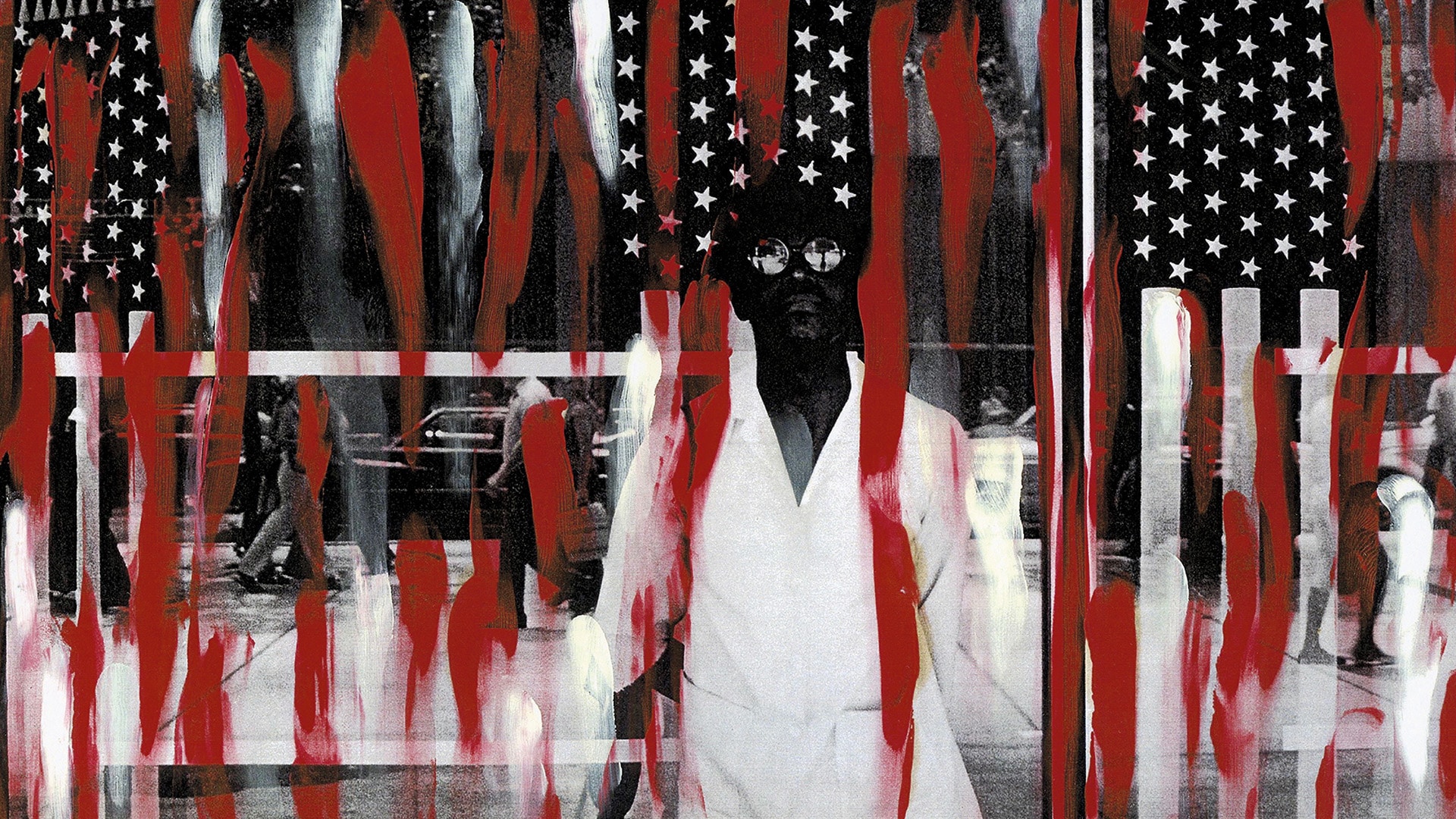For half a century, Ming Smith has blazed her own path, creating photographs celebrating the beauty, power, and strength of the Black experience.

You’re getting blind.
Don’t miss the best of visual arts. Subscribe for $9 per month or $108 $90 per year.
Already suscribed ?



